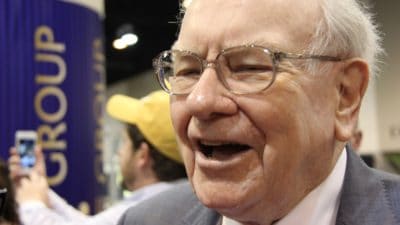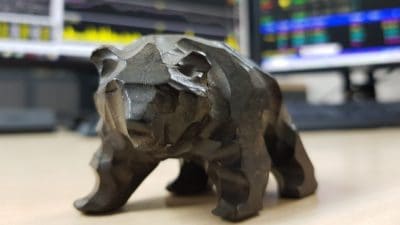When I think of international brewer SABMiller (LSE: SAB), two factors jump out at me as the firm’s greatest weaknesses and top the list of what makes the company less attractive as an investment proposition.
1) Currency risk
In a recent update, SABMiller said that its operations in emerging markets drove growth in the firm’s third quarter. However, the directors expect some of the shine to come off the company’s benefit from that growth because of depreciation of key currencies against the US dollar.
 The firm reports in US dollars, so adverse currency movements can drag on the results. If SABMiller can’t recycle its foreign earnings to service local costs, currency conversion can result in real financial loss of benefit too. This problem isn’t unique to SABMiller, but it becomes a bigger factor to consider as the firm’s emerging-market business grows. Last year, around 63% of the firm’s revenue came from emerging regions.
The firm reports in US dollars, so adverse currency movements can drag on the results. If SABMiller can’t recycle its foreign earnings to service local costs, currency conversion can result in real financial loss of benefit too. This problem isn’t unique to SABMiller, but it becomes a bigger factor to consider as the firm’s emerging-market business grows. Last year, around 63% of the firm’s revenue came from emerging regions.
2) P/E cyclicality
SABMiller falls into a category of companies with consumable products. Customer buy beer, drink it, and buy it again over and over. That’s great for generating stable and predictable cash flows, which the company can use to reinvest or to service the dividend payout. Investors tend to prize such firms for their ‘defensive’ characteristics. ‘Defensive’ just means that demand tends to remain stable despite the ups and downs of the macro-economic cycle.
So, when cyclical companies are heading down, the defensives look their shiniest to investors who can drive up P/E ratings at firms like SABMiller. On the other hand, when things look stable in the economy and both cyclical and growth companies are doing well, there’s a lot of competition for investors’ money and the P/E ratings of the defensives can start to slip.
We’ve just come through a period of uncertainty and SABMiller’s valuation looks a bit high. The forward P/E rating is running at about 17 for 2016, yet city analysts expect earnings’ growth of just 11% that year and a dividend payout yielding about 2.7%. As the macro-cycle unfolds, I’m concerned that SABMiller’s P/E rating might contract, which could fight against investor returns from here.
What now?
Despite such concerns, SABMiller’s brand-driven growth leads to a strong economic franchise as customers return repeatedly to buy the firm’s brews.







